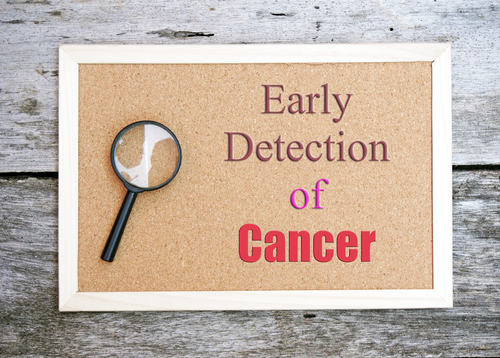Novel 'dot' system may improve cancer detection
IANS Aug 28, 2017
Scientists have developed a nanosystem using "quantum dots" that will help improve visualisation of tumour, paving the way for early treatment.

The nanosystem, which achieves a five-fold increase over existing tumour-specific optical imaging methods, generates bright tumour signals by delivering quantum dots to cancer cells without any toxic effects."Tumour imaging is an integral part of cancer detection, treatment and tracking the progress of patients after treatment," said Kazuki Sugahara, Assistant Professor at Sanford Burnham Prebys Medical Discovery Institute (SBP) in California."We were able to achieve a tumour-specific contrast index between five-and 10-fold greater than the general cut-off for optical imaging, which is 2.5," Sugahara added.
The new method utilises quantum dots -- tiny particles that emit intense fluorescent signals when exposed to light -- and an "etchant" that eliminates background signals.The quantum dots are delivered intravenously and some of them leave the bloodstream and cross membranes, entering cancer cells.Fluorescent signals emitted from excess quantum dots that remain in the bloodstream are then made invisible by injecting the etchant.The etchant and the quantum dots undergo a "cation exchange" that occurs when zinc in these are swapped for silver in the etchant.The silver-containing quantum dots lose their fluorescent capabilities, and because the etchant cannot cross membranes to reach tumour cells, the quantum dots that have reached the tumour remain fluorescent.
Thus, the entire process eliminates background fluorescence while preserving tumour-specific signals, the researchers said in the paper published in the journal Nature Communications.Researchers developed the novel method using mice harbouring human breast, prostate and gastric tumours.Quantum dots were actively delivered to tumours using iRGD, a tumour penetrating peptide that activates a transport pathway that drives the peptide along with bystander molecules -- in this case fluorescent quantum dots -- into cancer cells.
-
Exclusive Write-ups & Webinars by KOLs
-
Daily Quiz by specialty
-
Paid Market Research Surveys
-
Case discussions, News & Journals' summaries